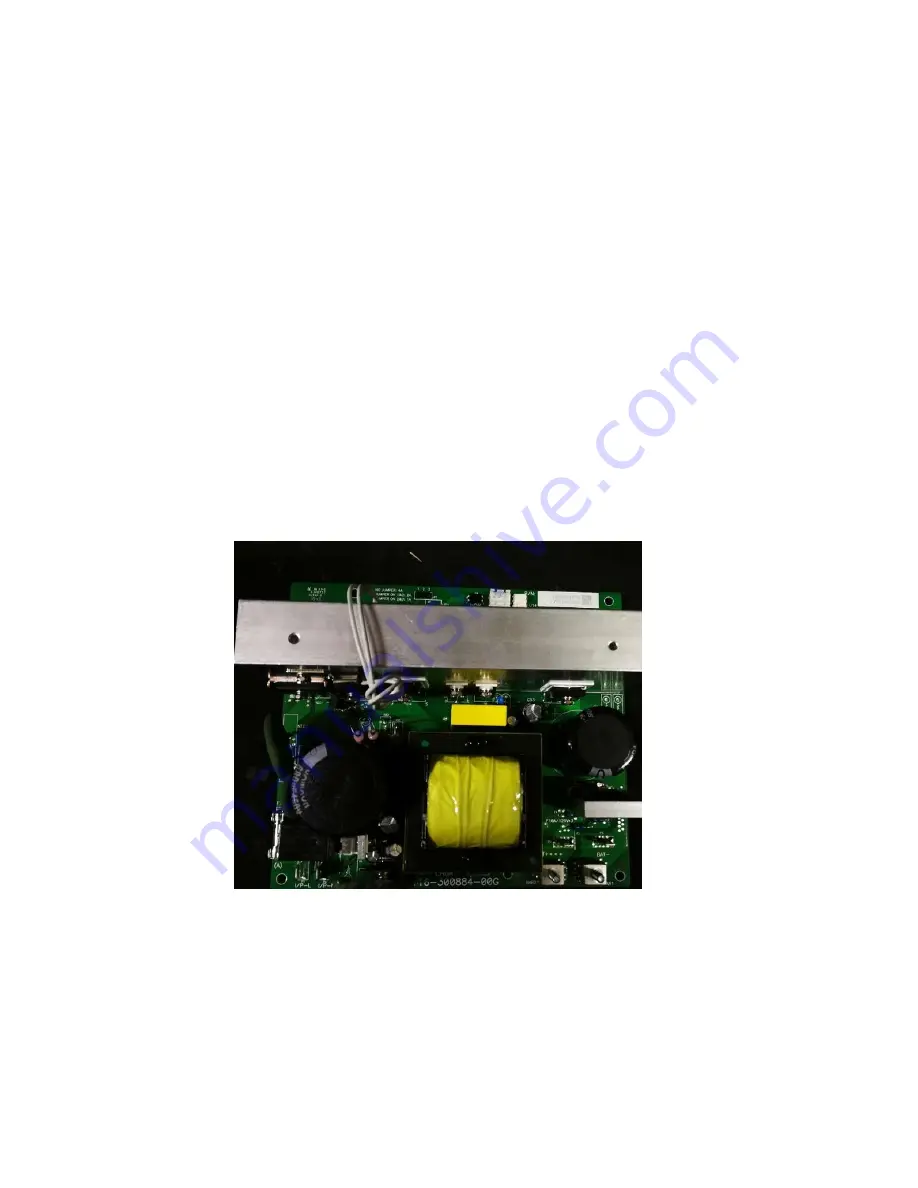
12
kind of loads is too big.
3) If the UPS is overload, the buzzer will beep twice every second.
4) When the UPS is overload, please remove some loads immediately. It is recommended to have the
total loads connected to the UPS less than 80% of its nominal power capacity to prevent overload for
system safety.
5) If the overload time is over acceptable time listed in spec at AC mode, the UPS will automatically
transfer to Bypass mode. After the overload is removed, it will return to AC mode. If the overload
time is over acceptable time listed in spec at Battery mode, the UPS will become fault status. At this
time, if bypass is enabled, the UPS will power to the load via bypass. If bypass function is disabled or
the input power is not within bypass acceptable range, it will cut off output directly.
4. Charge the batteries
1) After the UPS is connected to the utility power, the charger will charge the batteries automatically
except in Battery mode or during battery self-test.
2) Suggest to charge batteries at least 10 hours before use. Otherwise, the backup time may be shorter
than expected time.
3) Make sure the battery number setting on the control board (Please refer to the section 3-4-12
Operation of changing battery numbers
for detailed setting) is consistent to real connection.
4) Check charger current of the charger board
It’s necessary to open the UPS case to check charger current setting in this step. There is a JP1
located on charger board. If there is no jumper on JP1, it means 4A charger current. If there is one
jumper on Pin1&Pin2 on JP1, it means 2A charger current. If there is one jumper on Pin2&Pin3 of JP1,
it means 1A charger current.
Charger board overlook
















































